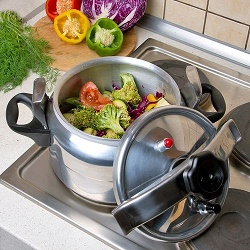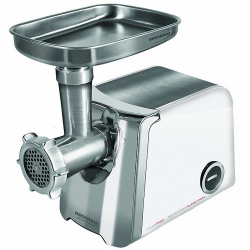The principle of the electric kettle
It is difficult to imagine modern life without electric kettles. The high heating rate, attractive appearance and low amount of energy consumed made it an indispensable device in any kitchen, both in the house and in the office. This article will introduce you to the device of a modern electric kettle and help to understand all the intricacies of its work.
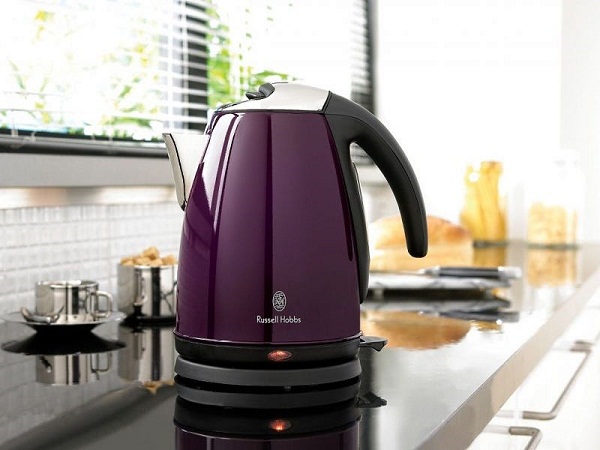
Content
A bit of history
The idea of creating such a device belongs to the American Colonel Crompton, who for the first time demonstrated his invention at the Chicago World Fair in 1893. The heating element was built into the base of the kettle, which increased the time and energy consumption required for heating water by an order of magnitude. Due to these shortcomings, the device could not attract the attention of the general public.
Taking the idea of Crompton as a basis, the Englishman Arthur Large improved the model by installing the heating element directly into the interior of the device, which allowed reduce heating time to a minimum.
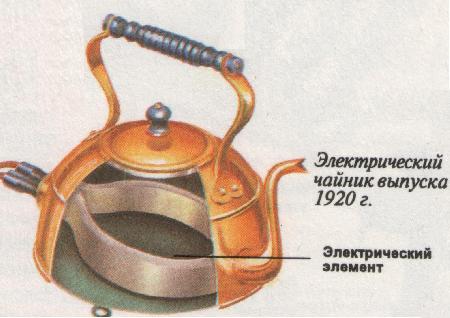
The first mass produced electric kettle was released in Germany at the beginning of the 20th century by AEG. Some models can still be found in modern design museums around the world.
Types of heaters
Modern models of electric kettles consist of the following components:
- special stand,
- a heating element,
- housing,
- glass flask,
- thermostat.
Since the main part of any kettle is a heating element (heating element), then by their construction the devices are classified according to the type of heating surface.
- Open heating surfaceAs a rule, it is a stainless steel plate, which is located at the bottom of the case and has direct contact with water. This type of heaters is typical for models of low price range.
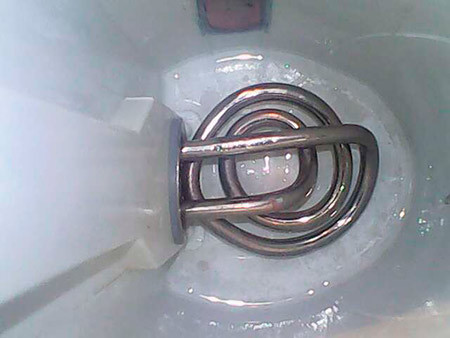
- Closed heating surface represented by a special surface isolated from contact with water.This avoids the occurrence of scale on the walls and on the device TENe. Devices with such heating surfaces are more expensive.
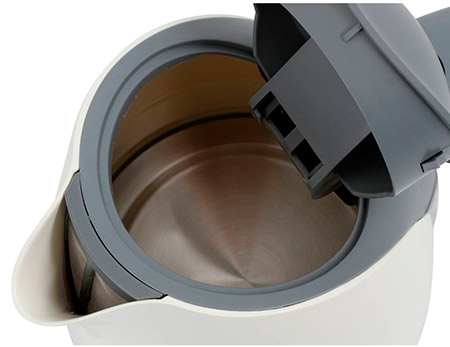
How things work
In order to understand how any device works, you need to familiarize yourself with its scheme. Electric kettle circuit as follows:
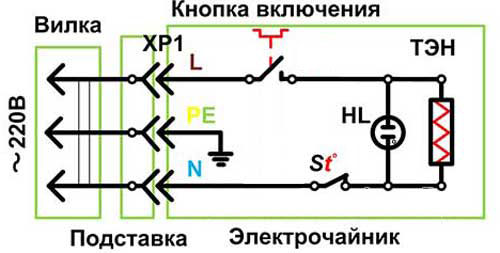
Electric current is applied to the contacts of the special stand XP1. Further, the current passes through the thermostat S1. From this regulator, the current flows to the contacts of the heater. HL - light indicator. S2 - thermal protection switch, which is not involved in the process of heating water. It only works if the kettle flask is empty.
This scheme of the kettle is rather arbitrary and may differ depending on the model and the number of additional functions of the device.
In a more generalized form, the principle of the electric kettle is to consistently implement the following actions:
- Installing the device on a special stand, the user connects the kettle to the power supply and pressing the button activates the operation of the device. By means of electric current, a heating element boils water.The maximum allowable heating temperature for such devices is 100 degrees Celsius. Due to the various impurities present in tap water, this value can drop to 93-95 degrees.
- Thermostat determines the temperature of the water and, after reaching a certain point, automatically turns off the electricity supply to the heating element.
- If your device is installed temperature control mode, the kettle will carry out a constant heating of the water after its cooling to a certain temperature.
Many modern models are arranged on the principle of a thermos: the internal flask is isolated from the external case by an “air cushion”, which contributes to a longer preservation of high temperature.
When choosing an electric kettle should be paid to the material from which it is made. Devices with a metal base heat up the longest and use a large amount of energy. Ceramic teapots retain heat for a long time and have a higher heating rate.
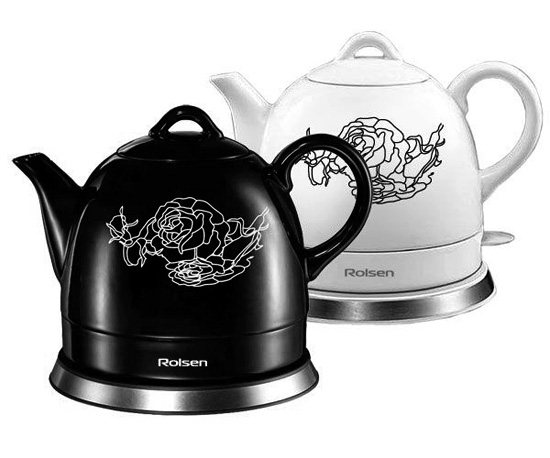
Ceramic teapot Rolsen RK-1008 C
Automatic shutdown mechanism
The basis of this mechanism is bimetallic plate, which responds to the amount of hot steam coming from the flask apparatus. In different models of devices, this mechanism is located in different places, which has no effect on efficiency or durability.
When boiling water starts to emit a large amount of hot steam, which passes through the tube to a special plate. Hot steam heats the tongue of the plate and, under the influence of temperature, it presses the switch button.
As a rule, the cavity of the handle-holder is used as a tube for transmitting steam. This option is the most preferred because it eliminates the possibility of leakage.
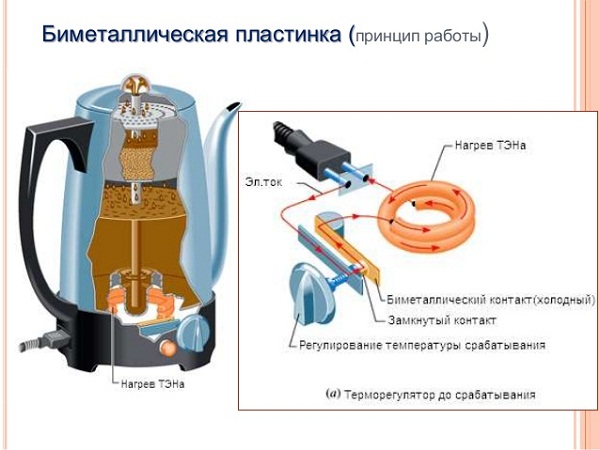
Precautionary measures
Before you start using the kettle, you should carefully read the instruction manual. If for any reason it is missing, you must adhere to the following rules.
- Never turn on the device if the amount of water in it does not exceed the minimum allowable value. Otherwise it will lead to the burning of the electrical circuit.
- For the smooth operation of the device is recommended to use separate outlet.
- Never cover the body of the kettle with other objects.
- If the power cord is damaged or damaged, stop using the device.
- Regularly clean the inner surface, after disconnecting the device from the mains.

/rating_on.png)
/rating_half.png)
/rating_off.png)






